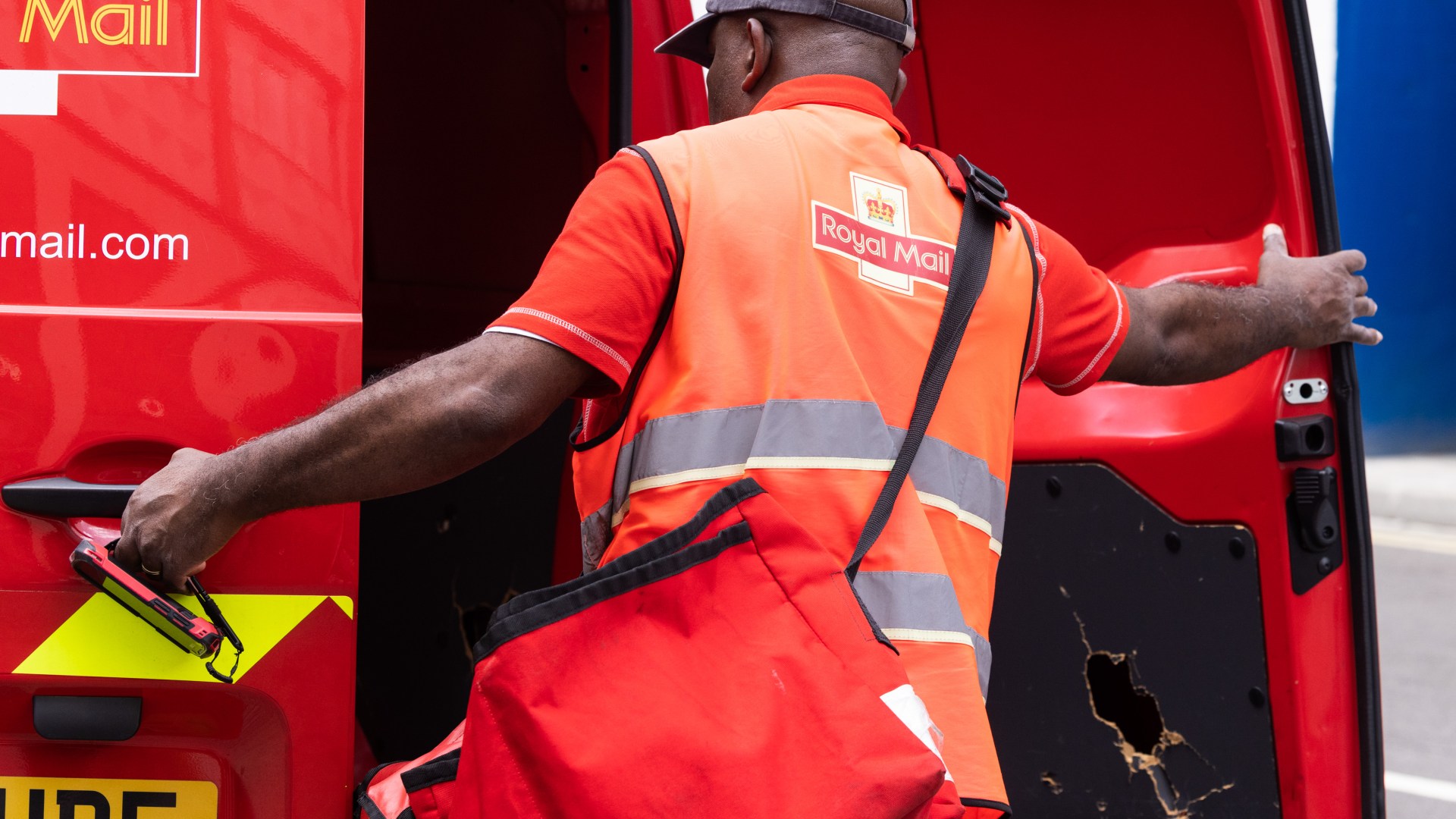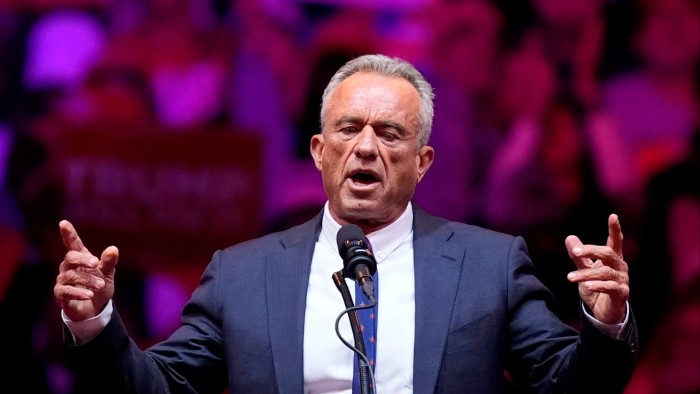Browse the Diversity, Equity and Inclusion (DEI) web pages of corporate India and you may notice the frequent absence of one word: “caste”.
“Gender”, “sexuality”, “physical ability” and “race” all get regular mentions on these public-facing sites, but “caste” — which negatively affects the lives of hundreds of millions of Indians — is usually missing.
Occasionally, the term can be found in downloadable documents, such as a company’s code of conduct. But, often, it is omitted there, too.
“It’s not surprising — it’s not a topic most Indian companies want to talk about,” says Christina Dhanuja, a DEI-caste strategist based in Chennai, South India.
Caste — an ancient system of social hierarchy based on purity and heredity — is a sensitive topic in India because discussing it also means talking about the privilege of the upper castes and the role of the country’s dominant religion, Hinduism.
It is also a subject that induces fatigue, because much has already been tried. India banned caste-based discrimination when it wrote its new constitution after independence in 1947 and it reserves 50 per cent of government jobs and university places for marginalised groups.

But these quotas are contentious and breed resentment among those who feel they cannot land coveted government jobs as a result. “It’s why our officials are so inefficient,” the boss of a chartered accountancy company told the FT recently.
With these measures failing to bring about equality or the demise of caste, many have placed their hopes in economic growth and modernisation. Yet, increasingly, this appears to have been a false hope and caste is now the lens through which many are viewing economic inequality.
“An undeniably unique feature of economic inequalities in India is that they are closely intertwined with the deeply rooted caste system,” say economists including Thomas Piketty in a recent report for the World Inequality Lab (WIL), a Paris-based research organisation.
Indeed, it is such a feature that, this month, the south Indian state of Telangana became the third to hold a caste census, to establish which communities are being left behind.
India’s opposition parties are also calling for a national caste census — to which the ruling Bharatiya Janata party may have to agree, given that low-caste Indians make up the majority of the population.

Caste was first laid out in Hindu scripture 3,000 years ago and has evolved into a hierarchy of four levels: Brahmins, or priests, at the top; followed by rulers and warriors; then merchants and labourers; and, below all, the Dalits, or untouchables.
Priests and warriors, together, are referred to as the upper castes and they own about 55 per cent of the country’s wealth, according to the WIL. They are thought to account for about 20 per cent of the population, but no one knows for sure because the last caste census was in 1931.
Dalits account for about 16 per cent of the population, or 220mn people, and can still face exclusion or even violence because of their caste, especially in rural areas. Labourers — who can also face discrimination — account for about 50 per cent, or 700mn people.
Caste is not as strictly enforced in cities, but it still plays a role in almost all social and economic relationships.
“People in companies like to say they are caste blind but, in reality, caste is everywhere,” says Meenakshi, a DEI expert with the Chennai-based human resources consultancy Kelp who prefers not to give a surname because of its privileged caste associations.
Many people still get asked their caste in job interviews and some Brahmin groups organise Brahmin-only job fairs.
One CEO of an investment firm recently told the FT that he did not feel bad about the caste imbalance at his firm because “Dalits have the quota system for their jobs”. He added that his company has a corporate social responsibility policy that assists marginalised communities through charity.
DEI principles finally arrived in India via multinational companies a few years ago, and have taken off both as corporate policy and as a public relations tactic.
However, Meenakshi says its provenance meant it came with priorities dictated by the west: it gave huge importance to issues such as women and race, but largely skipped over the issue of caste.

Many Indian companies have stuck with this template, but Meenakshi, Dhanuja and others want to “Indianise” the model so it incorporates caste at a high level.
This, they argue, will be good for the companies involved, unlocking wider pools of talent and a greater diversity of views. They point to various studies by McKinsey, the management consultancy, showing that the more racially and gender diverse company is, the better it performs.
Similarly, in 2019, the Indian Institute of Management in Bangalore released a paper showing that, when two companies dominated by different castes merge or acquire one another, they generate more market value then when two companies dominated by the same caste unite. However, the paper also noted that most companies prefer to merge with or buy entities with the same caste profile.
This search for sameness affects Indian companies’ hiring, too. In 2012, Canadian researchers found that 91 per cent of board directors in India’s top 1,000 companies came from the top two castes.
And a study by Jawaharlal Nehru University, in that same year, showed that candidates with high-caste Hindu names were 60 per cent more likely to be called for interview than people with low-caste names if otherwise identical CVs were submitted.
Statistics on the exact make-up of organisations today are impossible to find because very few companies keep records on caste. However, anecdotal evidence suggests that lower castes are vastly unrepresented in well-paid jobs.
“In an office of one hundred, you might not find a single Dalit,” says Vaibhav Wankede, a marketing executive from Mumbai who has written about the difficulties of being lower caste in white collar workplaces.
He says that Dalits often feel they need to mask their identity at work. “It’s everything from the food we eat, to the holidays we celebrate — all of that is a marker of who we are and a potential reason for exclusion,” Wankede explains, adding that “most Dalits just try to keep their heads down and get on with the work.”
To address the issue, Dhanuja suggests starting with something small like a survey, and then building up to in-person awareness sessions where the impact of caste is discussed.
But she says the way managers ultimately decide to bring caste into their DEI polices depends on the industry, the composition of their current staff, and what goals they set.
Meenakshi advocates a similar approach, focusing on teaching people what casteism looks like, and rethinking hiring practices so companies spot candidates who have skills they really need.
“All too often, the definition of merit is shaped by the skills upper-caste candidates tend to have: good spoken English, social confidence,” Meenakshi cautions — adding that companies should not discount the tenacity and hard work it takes for a lower-caste candidate to get to the same interview as higher-caste candidates.

Lastly, Dhanuja says companies should consider putting out caste-positive jobs ads, explicitly stating that roles are open to people of Dalit or other marginalised backgrounds.
She would, she says, go further and set targets for lower-caste hires, but she knows from quotas in the state sector that this can easily fail if HR managers are unsupportive.
For companies that think this all sounds too much like hard work, Dhanuja points out that caste awareness is on the rise and failure to adapt is risky. “If a company doesn’t want to do anything about it, they are just exposing themselves to law suits and reputational damage,” she warns.
But Pratap Tambe — a manager at Tata Consultancy Services and a frequent speaker on caste — is less convinced. He warns that any sudden shifts could result in a “backlash from negatively impacted interests” and a “high risk” of false discrimination allegations.














































































































































































You must be logged in to post a comment Login